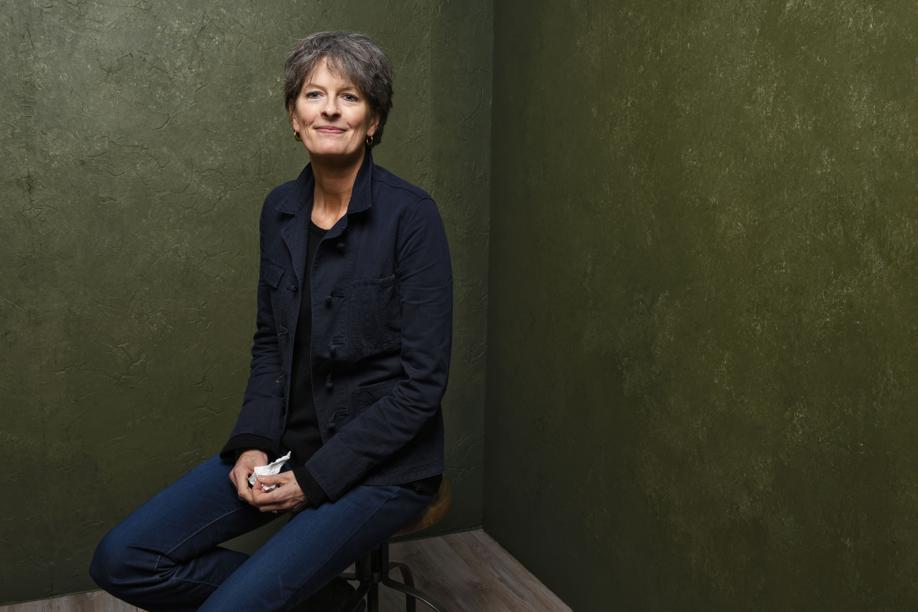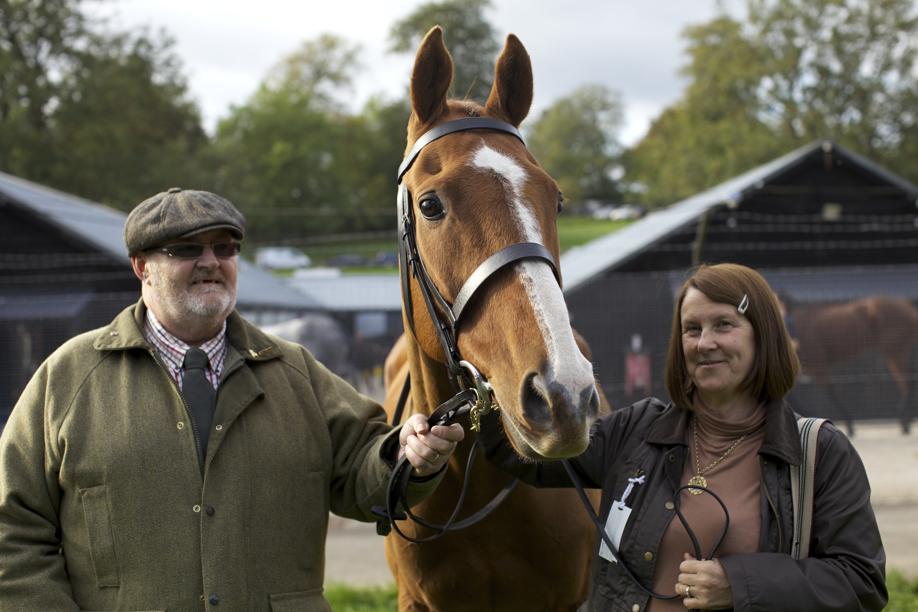

Long before British filmmaker Louise Osmond started making feature-length documentaries — her newest, “Dark Horse,’’ opens on Friday — she cut her teeth as a journalist, working behind the camera with reporters for Independent Television News (ITN). But Osmond eventually felt stuck in the short film format, and was determined to move into longer form work.
Luckily, during her tenure there, ITN formed a documentary department, where Osmond doggedly pitched ideas until she got a yes. Documentaries she directed for ITN led to documentaries for PBS, including the WGBH-produced “Nova’’ episode “Arctic Passage: Prisoners of the Ice,’’ as well as a theatrical release for her yacht race documentary “Deep Water.’’
Then, a few years ago, on a lark, she attended the horse races at a track near London. It was Boxing Day, when, traditionally, Brits who don’t know anything about racing go for a fun outing.
“I certainly didn’t know anything about it,’’ said Osmond. “But I was struck by how unbelievably beautiful racehorses are. They’re extraordinary-looking animals. I was equally struck by the amount of money that was being spent by people on these horses. You kind of knew that was money people didn’t have. And I knew right away that I wanted to do a story about a horse.’’
The result is “Dark Horse,’’ a documentary about a group of folks in the tiny Welsh village of Cefn Fforest, where the once-thriving mining industry had gone bust, and one starry eyed part-time barmaid named Jan Vokes, who knew nothing about racing, convinced her husband, Brian, and some friends to pool their sparse money, form a syndicate, and breed a racehorse. That horse, dubbed Dream Alliance, went on to bring hope and excitement into the lives of a group of people who until then had a cloud of near-destitution hanging over them.
Osmond spoke about the film and Dream Alliance by phone from her home in London.
Q. How did you find this story?
A. While I was looking for a horse that I could make a subject, I came across mention of these syndicates. And this story was sitting right there. It had been quite a big story in its time [the early 2000s]. But for whatever reason it had slipped back under the radar. When I spoke to my producer, Judith Dawson, she said, “You’ve got to make this happen.’’
Q. Did you know any more about horse racing than Jan Vokes when you started this?
A. Not at all. I had had a couple of riding lessons when I was a child, but horses scared me. I would get on a horse, and you would be beguiled into thinking that the horse was obeying your instructions, and then something would happen that made you understand that the horse . . . was doing whatever it wanted. And I knew nothing about the racing world. But in a way that was good because I didn’t think of it really as a horse racing film. It was a story that happened to be set in the world of racing.
Q. Isn’t the film just as much about Jan as it is about Dream Alliance?
A. I think so. It’s about Jan’s desire to do something for herself, in a way. She had a quiet self belief that gave her the chutzpah to take on a project that everyone quite reasonably thought was kind of impossible. That was very moving and inspiring. But the story also felt universal. You could understand what Jan was all about in the way she got other people in the village behind her. And I think Jan felt completely heard and understood by that horse. So what had started as a kind of crazy gambit turned into this incredibly strong and moving bond between her and the horse.
Q. This all happened 15 years ago, so you had the villagers re-create the story by talking about it, mixing that in with archival footage. That must have been a challenge.
A. Judith managed to get some still photographs that survived, and Jan had filmed everything when it was happening. But she had lent her camera to her son for his wedding, and they recorded over the tapes, so there was a couple in the Caribbean, and later there was a baby on the floor, and then one last remaining image of Dream Alliance at the end of the tape. So we had a bit of home movies, some old 35mm footage of the miners when they were working, archival footage of the races he was in, and the photographs. We knew we would have to sort of re-create the rest to build the footage. So we filmed the villagers on these old lenses from the ’70s and set out to try to create a look for the film and to build the story.
Q. Dream Alliance had retired by the time you started the film. But were you star struck when you met him?
A. I was nervous and star struck. He’s big and . . . handsome. He also has this incredibly unnerving habit of looking right at you. And if you photograph him, which I did, he would stand absolutely stock-still until you’ve finished, just waiting for you to get the angles that you need. It’s as if he actually understood what was going on, and that it was perfectly appropriate that he should be photographed, because he is a star. He did seem, as in that English expression, to the manor born.
Interview was edited and condensed. Ed Symkus can be reached at esymkus@rcn.com.



